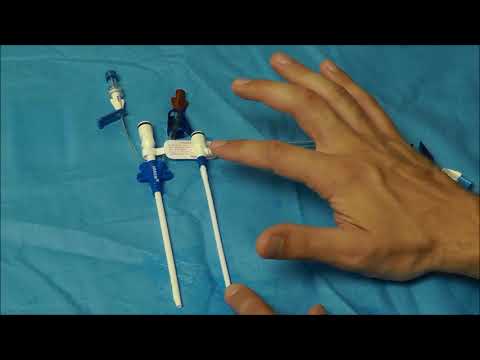- Joined
- Jul 16, 2003
- Messages
- 6,025
- Reaction score
- 3,784
4:00am. You get a call from your surgeon.
67 y/o male coming to the OR because IR can't embolize a large ruptured splenic artery aneurysm.
You get to the hospital, go to the ICU. Blood hanging through a couple of AC's. B.P.s in the 60's.
You tell the OR team that we need to go now.
To the OR table. Induction with 50 of ketamine, 30 of propofol, 100mg of roc + 300mcg neo flush. First B.P. after induction is 58/35. Volitiles are turned down to .2 mac and this is followed by .4mg of scopolamine.
As the surgeons open up the belly, Mac catheter goes in under the drapes followed by a-line.
CBC/BMP/Coags and lactate sent out.
I peak over the drapes and see a pool of blood raising in the belly.
I ask our surgeon if he has control? He says no.
Hgb comes back at 4.6. The patients skin color is starting to ash.
5 minutes later, your surgeon says he has his finger in the dike.
What is your plan at this point?
67 y/o male coming to the OR because IR can't embolize a large ruptured splenic artery aneurysm.
You get to the hospital, go to the ICU. Blood hanging through a couple of AC's. B.P.s in the 60's.
You tell the OR team that we need to go now.
To the OR table. Induction with 50 of ketamine, 30 of propofol, 100mg of roc + 300mcg neo flush. First B.P. after induction is 58/35. Volitiles are turned down to .2 mac and this is followed by .4mg of scopolamine.
As the surgeons open up the belly, Mac catheter goes in under the drapes followed by a-line.
CBC/BMP/Coags and lactate sent out.
I peak over the drapes and see a pool of blood raising in the belly.
I ask our surgeon if he has control? He says no.
Hgb comes back at 4.6. The patients skin color is starting to ash.
5 minutes later, your surgeon says he has his finger in the dike.
What is your plan at this point?
